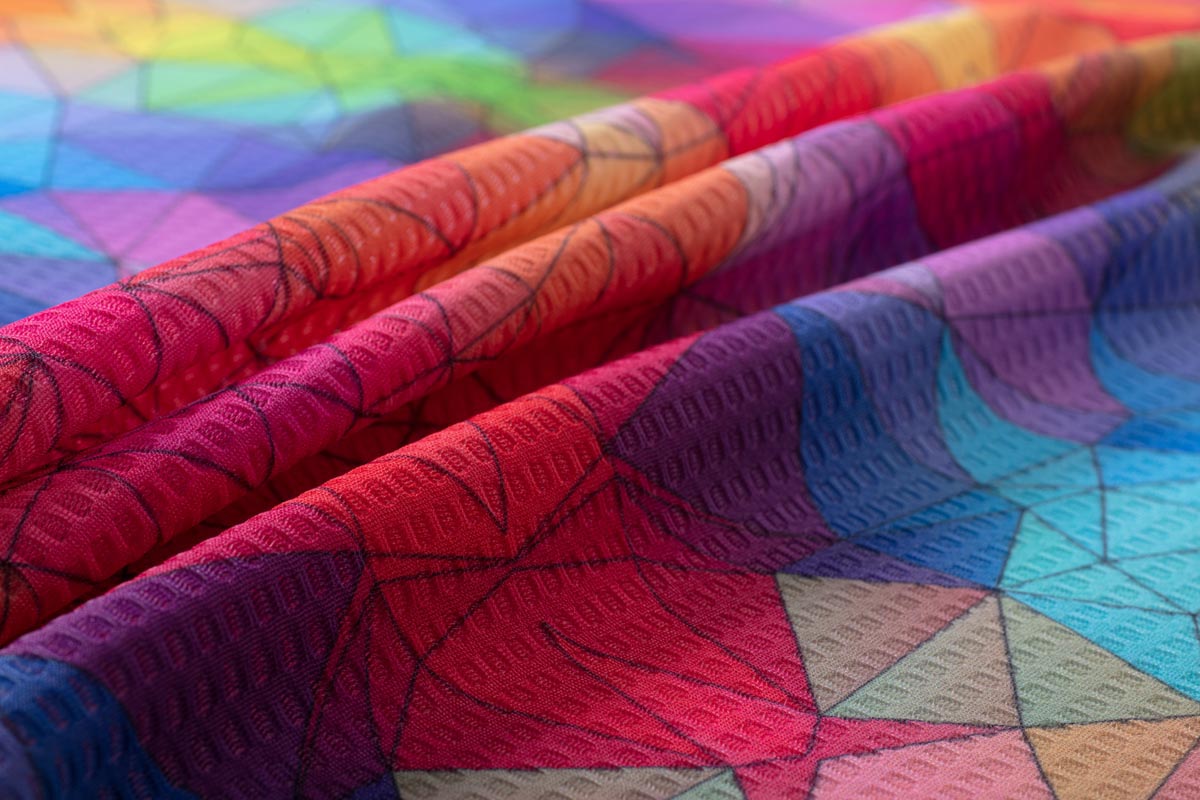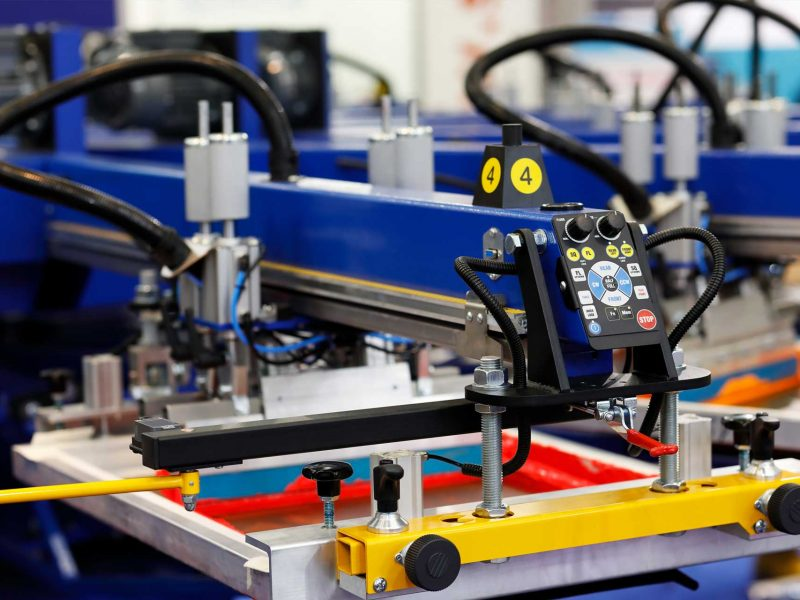Definition of Sublimation
Definition of sublimation This is an increasingly popular technique for personalising sportswear. It is characterised by the passage of a body from a solid state to a gaseous state without passing through the liquid state. In this article, we take a look at the differences between sublimation and other methods of personalising sportswear.

What is sublimation?
From a chemical point of view, the sublimation refers to the the process of changing the phase of a substance directly from a solid state to a gaseous statewithout transition to the liquid state. This transformation is typically observed with certain substances such as dry ice (solid carbon dioxide) or iodine.
The less scientific use of the term, particularly in the clothing personalisation industry, refers to the method of transferring ink onto a textile substrate using a special printer. The ink used for this technique is sensitive to heat and transforms into a gas under the effect of temperature. This gas then permeates the textile fibres, creating a colourful, long-lasting pattern on the garment.

Sublimation versus screen printing
La screen printing is probably the best-known personalisation technique. It involves creating a stencil (called a screen) from the design you wish to print on the textile. The ink is then spread over this screen and finally transferred to the garment using a squeegee.
- Print quality The sublimation generally offers better print quality than screen printing, particularly in terms of fine detail and colour reproduction. In fact, sublimation inking gives a more realistic and precise result.
- Durability Dye sublimation: The dye sublimation process allows the design to last longer on the textile, because the inks penetrate directly into the fibres, making them resistant to washing and daily use. Conversely, screen printing tends to flake or crack over time, because the ink is only on the surface.
- Versatility Sublimation is mainly adapted to synthetic textiles such as polyester, whereas screen printing is more suited to natural textiles such as cotton. This can be a constraint depending on the materials used for sportswear.

Sublimation versus flocking
Le flocking involves the use of a pre-printed iron-on material that is cut to the desired shape and applied to the garment using a hot press.
- Visual rendering Sublimation: Sublimation produces a look that is more 'integrated' into the fabric, because the motif is printed directly into the textile fibres. In contrast, flocking creates a slightly raised effect, as the material is glued to the surface of the garment. Some people prefer the soft, supple feel of sublimation to the more rigid feel of flocking.
- Durability As with screen printing, flocking tends to be less durable than sublimation, as the material can peel, crack or become damaged over time, particularly with repeated washing and intensive use.
- Cost The cost of sublimation can be higher than that of flocking, especially for small quantities. However, it's important to bear in mind the superior durability and print quality of personalised clothing using sublimation compared with other techniques.

The advantages of sublimation for sportswear
Customisation by sublimation offers a number of advantages for sportswear:
- Bright, resistant colours Dye sublimation allows us to obtain brilliantly coloured designs that do not fade over time, which is particularly important in the field of sport, where image matters a great deal.
- Design freedom Thanks to the finesse of this printing technique, you can give free rein to your imagination and create any design for your sports equipment. Logos, photos, text... you name it!
- Greater durability : Personalised garments produced using sublimation are more resistant to washing and rubbing than those produced using other techniques, making them ideal for intensive use.
- Optimum comfort As the design is printed directly into the textile fibres, there is no sensation of "film" or extra thickness, unlike techniques such as flocking or screen printing. The garment retains all its softness and suppleness.
All in all, sublimation is an interesting solution for personalising sportswear, thanks to its print quality, durability and comfort. If you're thinking of creating personalised equipment for a sports team or event, it's a good idea to compare the different techniques available and choose the one that best suits your needs and budget.
Conclusion: A World of Possibilities with Sublimation
The technique of sublimation is revolutionising the way sportswear is personalised, offering a unrivalled freedom of designThe result is a range of high quality products, with vibrant colours and impressive durability. At SubliSport, our mission is to help you realise your projects by providing you with our expertise and top-of-the-range customisation services.
- Quality and Innovation Our sublimation processes guarantee personalised sportswear combining quality, comfort and performance.
- Durability Our commitment to eco-responsibility means that our products are sustainable and respectful of the environment.
- Made-to-measure customisation Your vision becomes reality thanks to our advanced customisation options. From design to production, we're here to turn your ideas into reality.
Discover our full range and start creating your own personalised sportswear with SubliSport, where innovation and customisation come together to bring your ideas to life.

